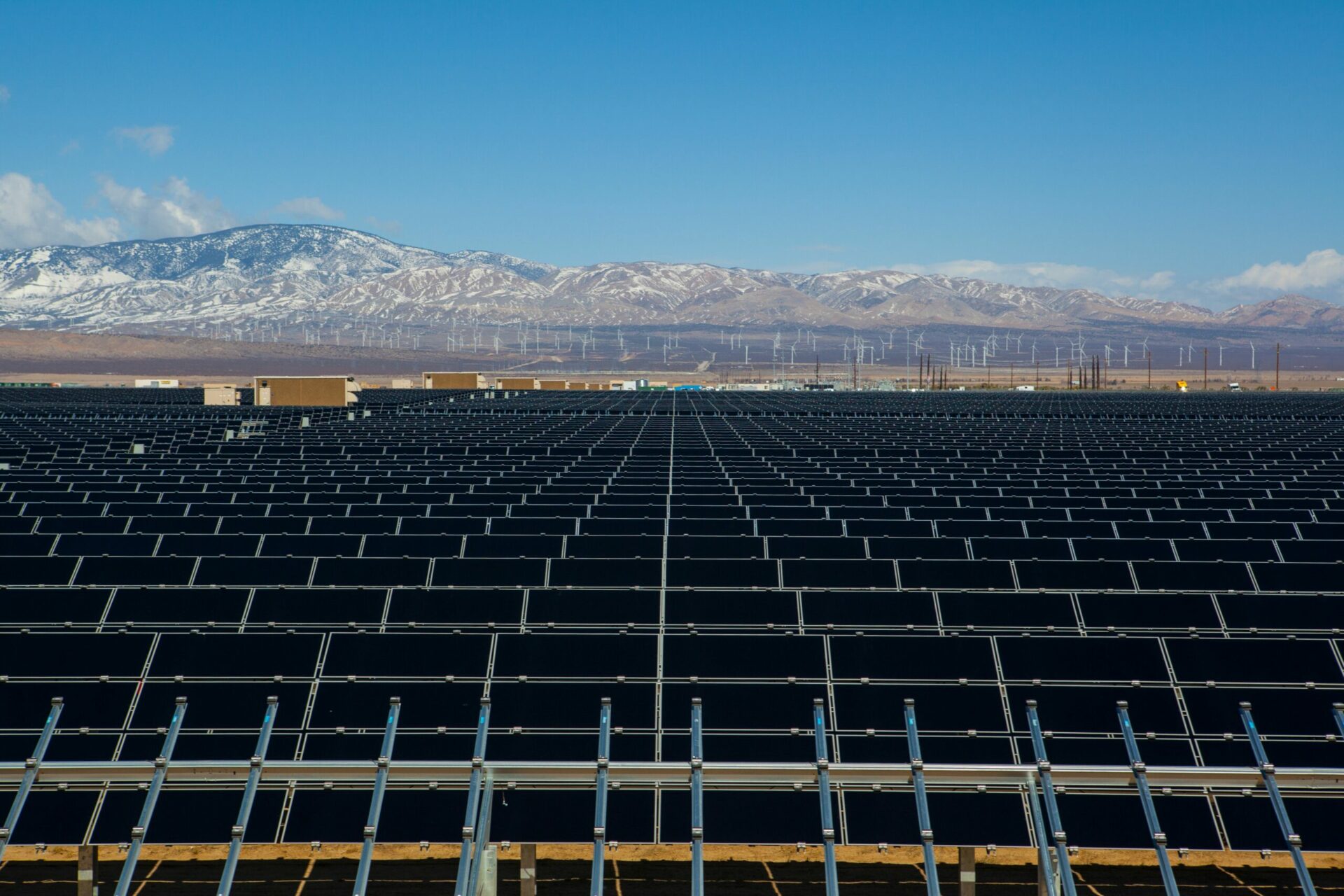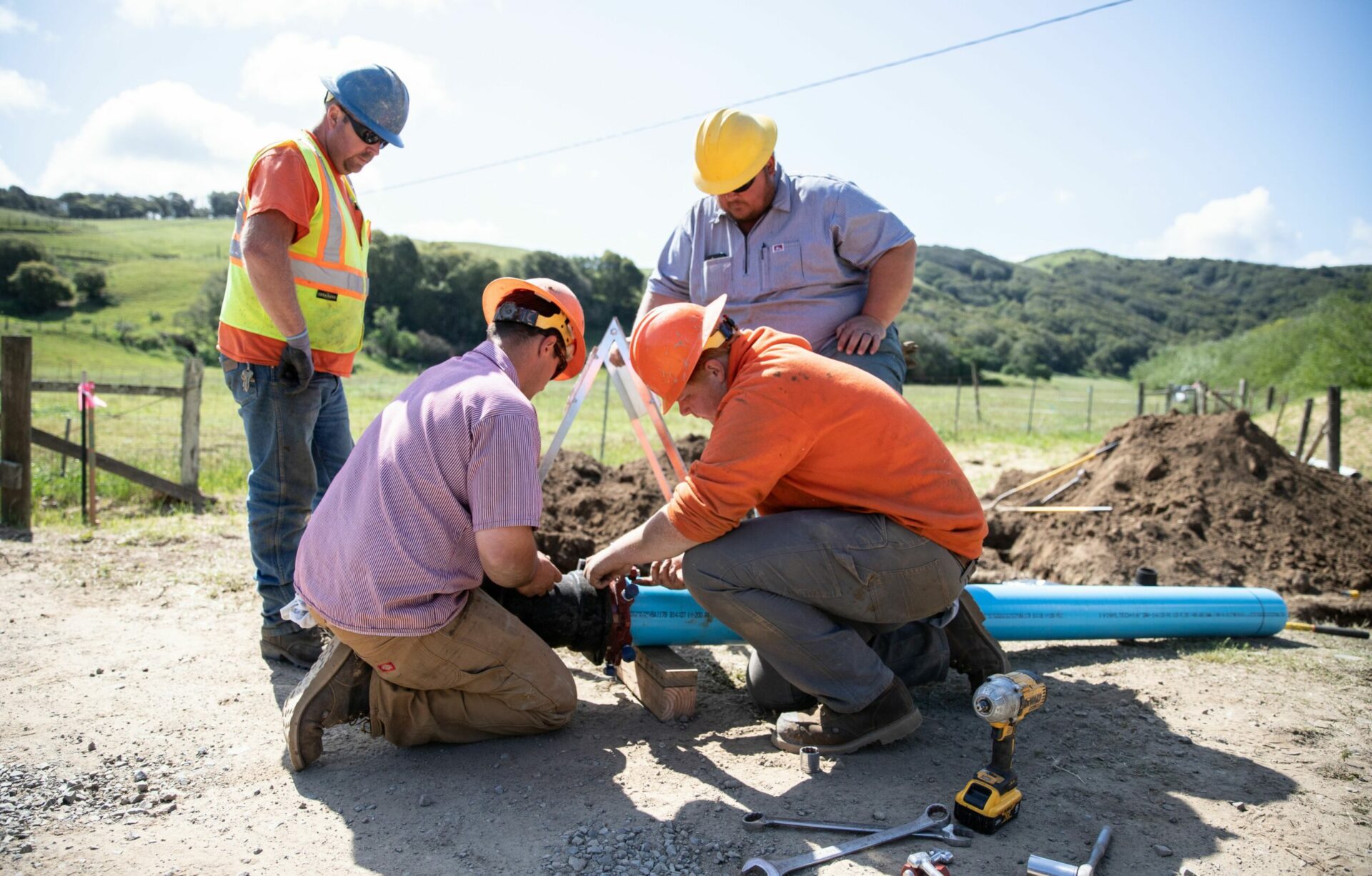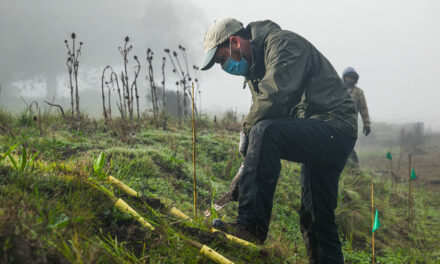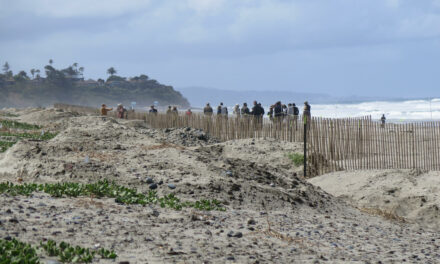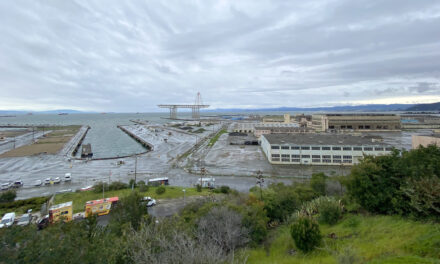Solar Ceilings for Farmland, Coal Mines, Desert
Almost 3,000 acres of California’s Mojave Desert will soon be permanently shaded by solar panels. On January 11, the Biden administration gave approval for two large solar projects just south of Joshua Tree National Park. Federal officials have indicated they’re ready to approve a third plant in the same area. The trio of projects will generate 1,000 megawatts of solar electricity – enough to power about 150,000 homes.
These solar installations arrive as the global economy flirts with a shift from fossil fuel reliance to renewable power investment. They are also drawing criticism, if not outright opposition, from environmentalists concerned about developing wilderness areas in the name of energy production.
Between 1.5 and 3 million acres of land will be needed to meet California’s 100-percent renewable energy goals alone, according to The Nature Conservancy, and better options for situating solar projects may be available. Subprime farmland in the San Joaquin Valley is already being converted to solar electricity generation, and research published last year in Nature Sustainability assessed the potential for placing linear panel arrays over California’s long irrigation canals, where shading water will provide the added benefit of reducing costly evaporation.
More controversial is the use of prime farmland, still productive and healthy, for these projects. This shift, underway now in the Midwest, naturally cuts into food and feed production and, more subjectively, can upset the traditional agrarian character of rural farming communities. However, great financial incentive is fueling this trend. According to recent reporting by NPR, farmers who replace photosynthesis with photovoltaics can make two or three times the money. And a growing contingent of farmers choose the best of both worlds by “intercropping” solar panels alongside certain crops.
Another category of solar array placement would locate the clean electricity factories on defunct mines, shuttered landfills, and remediated toxic waste sites. The U.S. Environmental Protection Agency has identified 130,000 potential locations of this sort across the country for renewable energy projects. To date, fewer than 500 have been developed, according to the New York Times.
Photo: US Department of Energy.
But the age of solar investment is still young, and a landscape transformation is happening. In Martin County, Kentucky, for instance, the abandoned Martiki coal mine is slated for conversion into a 200-megawatt solar farm covering hundreds of acres. The plan has garnered support, even within a community founded on what former President Donald Trump called “beautiful, clean coal.” This sort of land-use conversion can restore value to the scarred, polluted acreage of retired mines while providing jobs. There is also a symbolic effect in overlaying the glimmering youth of the solar industry on the ruins of the fossil fuel era.
In the Mojave Desert, solar panels aren’t the only clean-energy infrastructure settling into the scorching sands. The Ivanpah solar thermal project, launched in 2013, has been the source of as much controversy as electricity, as environmentalists have decried the facility as a desecration of wilderness.
The Sahara Desert has also become the target for questionable solar electricity plans. Vast sprawls of panels there could generate electricity for hundreds of millions of people – but modeling has shown they could also have severe global climate impacts. In an article in Geophysical Research Letters, scientists predicted that heat radiating off the solar panels could disrupt global air and moisture circulation, even causing droughts as far away as the Amazon rainforest.
Residential rooftops are a relatively uncontroversial use of dead space for generating clean electricity, but this could potentially become an equity issue if government rebates for installations mostly flow to wealthier Americans who can afford new Teslas and home renovations.
There will be costs to building any energy project, and fossil fuel industries have revealed, among other things, a vein of scientific fact – that no energy comes for free.
Other Recent Posts
Gleaning in the Giving Season
The practice of collecting food left behind in fields after the harvest is good for the environment and gives more people access to produce.
New Study Teases Out Seawall Impacts
New models suggest that sea walls and levees provide protection against flooding and rising seas with little effect on surrounding areas.
Oakland High Schoolers Sample Local Kayaking
The Oakland Goes Outdoors program gives low-income students a chance to kayak, hike, and camp.
Growing Better Tomatoes with Less Water
UC Santa Cruz researchers find the highly-desired ‘Early Girl’ variety yields more tomatoes under dry-farmed conditions.
Santa Clara Helps Homeless Out of Harm’s Way
A year after adopting a controversial camping ban, Valley Water is trying to move unsheltered people out of the cold and rain.
The Race Against Runoff
San Francisco redesigns drains, parks, permeable pavements and buildings to keep stormwater out of the Bay and build flood resilience.
Learning the Art of Burning to Prevent Wildfire
In Santa Rosa’s Pepperwood Preserve, volunteers are learning how controlled fires can clear out natural wildfire fuel before it can spark.
Martinez Residents Want More Than Apologies — They Want Protection
After a 2022 release of toxic dust and a February 2025 fire, people in the northeast Bay town are tired of waiting for safety improvements.
Weaving Fire Protection Out Of What’s Already There
A new Greenbelt Alliance report shows how existing vineyards, grasslands, and managed forests can slow wildfire and save vulnerable homes.
Fall Plantings Build Pollinator Habitats in Concord
Community groups, climate advocates and a church are coming together to plant pollinator gardens as monarchs, bees see population declines.
More
- Bay Area Leads Nation on Floating Solar (KneeDeep Times)
- Climate Change in California (The Nature Conservancy)
- Oakland Invades the Desert (East Bay Express)
- Energy and water co-benefits from covering canals with solar panels (Nature Sustainability)
- Midwest farmers are split on whether to use farmland for big solar plans (NPR)
- Coming Soon to This Coal County: Solar, in a Big Way (The New York Times)
- Impacts of Large‐Scale Sahara Solar Farms on Global Climate and Vegetation Cover (Geophysical Research Letters)
- Stepping UP in 2021: #1 How agri-PV could address two of the biggest sustainability challenges of our times (PV Magazine)






